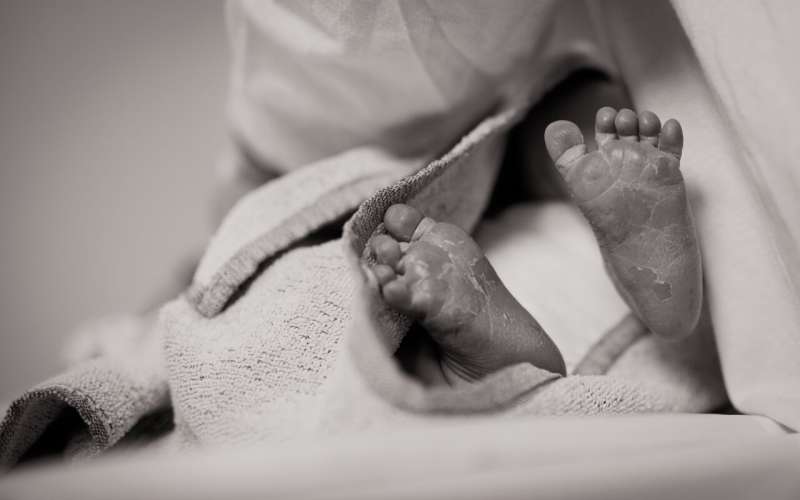This article has been reviewed according to Science X's editorial process and policies. Editors have highlighted the following attributes while ensuring the content's credibility:
fact-checked
peer-reviewed publication
trusted source
proofread
Researchers find disparities in rates of certain preterm births

A team of researchers from Drexel University and Children's Hospital of Philadelphia (CHOP) studied how different circumstances of preterm birth may indicate the health of the parents and their surrounding community at a geographic level. These findings indicate the need for community-level health interventions that could reduce the number of preterm births. The findings are published in the American Journal of Epidemiology.
The U.S. Centers for Disease Control and Prevention defines preterm birth as any birth that occurs prior to 37 weeks of gestation. However, preterm birth can occur under multiple circumstances.
Spontaneous preterm birth occurs due to ruptured membranes or preterm labor, while medically indicated preterm birth occurs when labor is purposefully induced, or a cesarean section is performed to preserve the health of the fetus and/or the parent. Preterm birth is a key public health issue that disproportionately affects Black families in the US.
Preterm birth is a significant risk factor for long-term health issues for infants and children, no matter what circumstance caused the preterm birth. However, medically indicated preterm birth is more likely to occur when parents are affected by health conditions like hypertension and obesity, which can, in turn, lead to complications like preeclampsia.
Measuring the rates of preterm birth by their circumstances and potential racial disparities can be difficult in more sparsely populated areas of the country with less diverse populations. However, the city of Philadelphia has a large and diverse population, in which the researchers believed they could find meaningful relationships between neighborhoods and preterm birth.
The study setting also allowed them to examine the varying magnitude of racial disparities in both spontaneous and medically indicated preterm birth.
"While successfully treating the circumstances that can lead to a spontaneous preterm birth can be challenging, there are ways to improve community health in ways which in turn could optimize the health of people as they enter into pregnancy and reduce the risk of medically indicated preterm birth," said Heather Burris, MD, MPH, an attending neonatologist at CHOP Newborn Care at the Hospital of the University of Pennsylvania and CHOP.
The researchers examined a cohort of 83,952 singleton births at two Philadelphia hospitals between 2008 and 2020 and classified each preterm birth as either spontaneous or medically indicated. The researchers were able to calculate the magnitude of racial disparities between non-Hispanic Black and non-Hispanic White individuals while also smoothing estimates of preterm birth risk at a geographic level by borrowing information across neighborhoods.
The study found that racial disparities in both types of preterm birth were significant, and the disparity was 20% greater in medically indicated preterm birth than in spontaneous preterm birth. Non-Hispanic Black patients were more than twice as likely to have a medically indicated preterm birth as non-Hispanic white patients in the study. The researchers also found substantial geographic variation in preterm birth risk and racial disparities.
"The racial disparities and differences across neighborhoods that we observed may be explained by historic and present-day systems and structures of oppression, leading to neighborhood and community disinvestments and associated poor environmental health in combination with psychosocial stressors."
Researchers said that environmental factors such as air pollution, metal exposure, and psychosocial stressors may explain geographic variability in preterm birth risk but would need to be explored in more detail. Additionally, knowing which neighborhoods might have the highest proportion of sick parents might allow health systems to develop strategies for optimizing health in the neighborhoods they serve.
More information: Yang et al, Spatial Patterning of Spontaneous and Medically Indicated Preterm Birth in Philadelphia, American Journal of Epidemiology (2024). DOI: 10.1093/aje/kwad207. pubmed.ncbi.nlm.nih.gov/37939071/


















